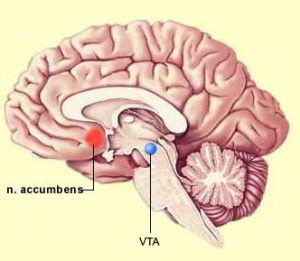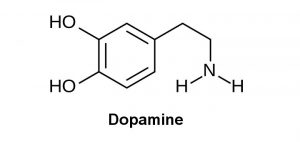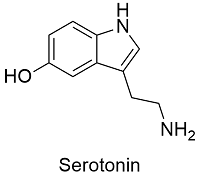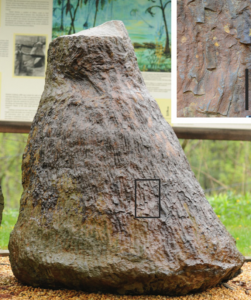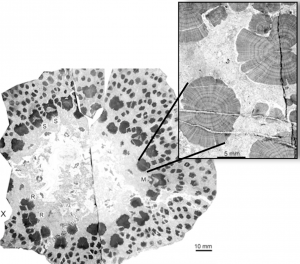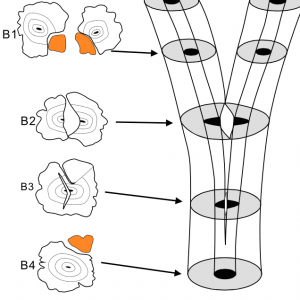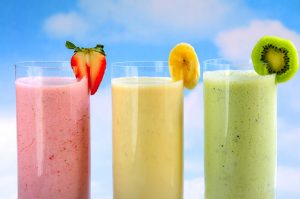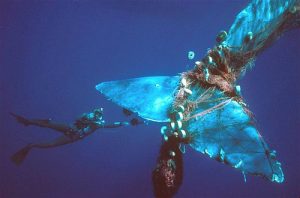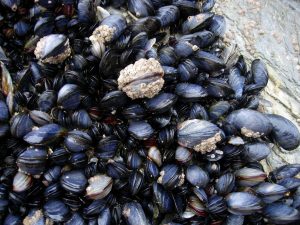One of my favourite ways to de-stress is being with nature. Whether it’s having lunch by a creek, meditating with essential oils, or hiking in the woods, nature brings me comfort and clarity.
Many of us have heard of these anecdotes or may have experienced it ourselves. Did you know that there is now scientific evidence for the health benefits of nature?
Retreating to nature is especially well-studied in Japan. In Japanese medicine, meditating in the forest is a form of therapy called shinrin-yoku. Japanese for “forest bathing,” shinrin-yoku is proven to reduce stress, strengthen the immune system, improve mood, increase focus, and even speed up recovering from illness.
Are there chemical mechanisms behind the healing power of nature?
One interesting finding showed that just breathing in nature can be beneficial. Plants emit volatile organic compounds known as phytoncides to protect against harmful insects, bacteria, and fungi. Studies in Japan have shown that more white blood cells that fight against tumours or viruses are produced when people are exposed to phytoncides in the forest. Moreover, the same studies in Japan and also in Taiwan have found decreased levels of stress hormones in those exposed to phytoncides. By being around nature, we breathe in the phytoncides of nature and receive their benefits.
Another study showed that a common bacterium found in soil can improve mood and relieve stress. Known as Mycobacterium vaccae, this microorganism increases the expression of an enzyme that synthesizes the mood-regulating neurotransmitter serotonin. Mycobacterium vaccae can potentially prevent and treat mental disorders by buffering the effects of chronic stress.
Ultimately, there is no one chemical or one microorganism that cures all. It’s the synergistic effect of chemistry, biology, and psychology that makes being in nature so rejuvenating.
Now that the weather is colder, visiting the forest may not be as appealing. However, we can use the concepts of forest bathing in the comfort of our home. Whether it’s meditating for ten minutes, using essential oils, having a potted plant on our desk, or having wood in our working space, bringing shinrin-yoku indoors can make all the difference.
~Shanna Wang



